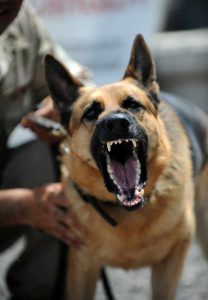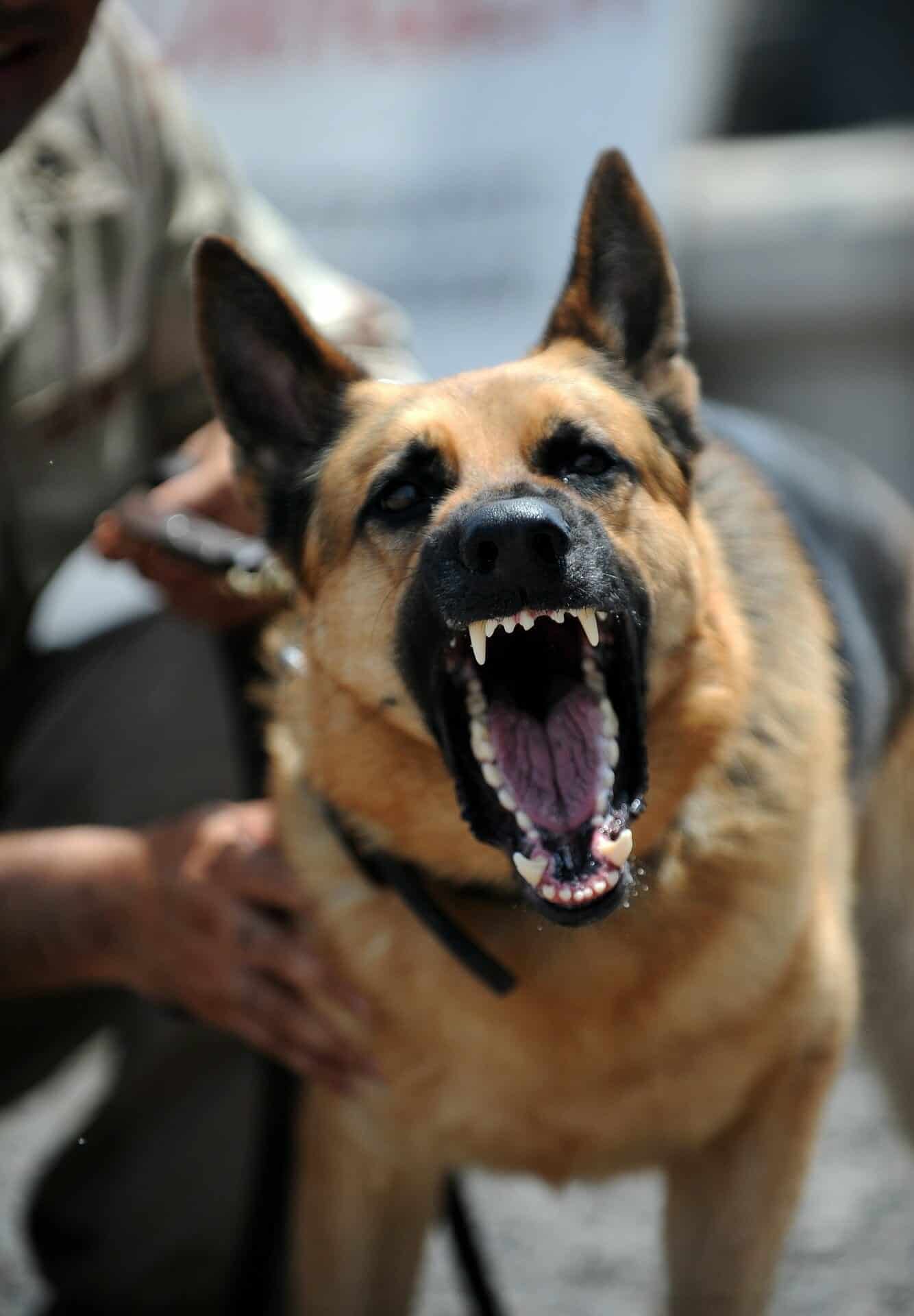 If you’ve ever been attacked by a dog, you know how frightening it can be. But, in general, dogs do not attack people without reason. Most of the time, dogs are friendly creatures who enjoy being around people. But, even the smallest, cutest, and cuddliest dogs can attack when provoked.
If you’ve ever been attacked by a dog, you know how frightening it can be. But, in general, dogs do not attack people without reason. Most of the time, dogs are friendly creatures who enjoy being around people. But, even the smallest, cutest, and cuddliest dogs can attack when provoked.
Understanding why dogs attack can help you recognize situations where you should be on guard. It also gives you the information you need to feel safe around dogs you do not know.
Why Do Dogs Attack?
The general rule is that dogs will not attack unless they are provoked. In some instances, dogs will attack for other reasons.
Dogs can become aggressive due to illness or injury
Dogs have voices, and when they growl, there is a chance that they could be attacking. If the growl involves snapping or biting, then an attack is probably imminent. If you have done nothing to provoke the dog, then it might have a disease. Unprovoked aggressiveness is a sign of a dog that is injured or ill, and therefore, is feeling pain, stress, or discomfort.
Dogs attack when they feel fear
Most dogs will show aggressive behavior if they feel like they are in danger or trapped. They have a natural instinct to protect themselves.
Rescue dogs know stress and are less likely to be trusting of people. So, when they experience fear, they can react aggressively. This can happen because rescue dogs aren’t properly socialized as puppies, or they may have been neglected or abused by previous owners. People who work with rescue dogs must take great care to earn their trust and ease their fears.
Possessive aggression of dogs may result in attacks
Dogs can become possessive of a person, food, territory, or object they value. When someone encroaches on that object, person, or territory, the dog reacts with aggression. Usually, they will growl to warn the oncoming person. Some dogs will attack if someone comes too close to your home, which the dog considers its territory. Dogs can also be highly protective of their owners, who are a part of their pack.
Dogs attack when they feel frustrated
Some dogs are easily frustrated, which is known as redirected or barrier frustration. It can be a similar reaction that a child has when the child does not get what it wants. The dog will become frustrated by not being able to get what it wants. But instead of throwing a temper-tantrum like a child, the dog becomes aggressive and can attack.
Dogs that are not given much time to roam and play can develop frustration that becomes aggressive. They spend too much time on a leash, tied up, or confined in a small space behind a fence. Dogs need to exercise properly, given time to play, and socialize so they do not develop frustration.
How to Prevent a Dog Attack
Understanding how dogs react to some situations can help you avoid being attacked by one. You also should know how to react when a dog starts to attack.
Remain Calm
If you remain calm, then the dog might stop seeing you as a threat.
Avoid chained dogs
Dogs that are chained are usually there for a reason. They might have a tendency to run away, or they might be aggressive. Even though there is a chain, you don’t know how well-anchored it is into the ground. If prompted, a chained dog could be strong enough to pull the anchor out of the ground and take off after you.
Don’t make eye contact with nervous dogs
If the dog is already feeling aggressive or nervous, making eye contact will make the dog more likely to attack. The goal is to make a dog behave predictably and making eye contact can make a dog behave unpredictably.
Stand still and silent
If you do not move and remain silent, the dog might see you as not being dangerous. It might end up moving its aggression elsewhere.
Find a barrier between you and the dog
If a dog does attack and there is a barrier that you can reach safely, use it. This will help you avoid being injured or bitten.
Protect yourself if you are attacked
If the dog does attack you, then you must protect yourself. If you end up on the ground, the safest position is to curl into a ball with your hands protecting your head and throat. Dogs will instinctively go for the neck. Your best bet is to stay upright, so the dog does not get close to your neck or face.
Understand Dog Behavior
Dogs generally have predictable behavior because their body language gives them away. Once you recognize what you are seeing, you can know how to avoid an attack by a frustrated, nervous, or protective canine.
It is important to understand canine body language, but each dog has a slightly different temperament and way of expressing itself. If you have a dog, you should pay close attention to your dog’s reaction to people, other dogs, traffic, objects, food, and other things near and far.
If your dog has a tendency to be nervous or anxious, you should keep your dog on a secure lead to ease its reactions. Dogs with nervous temperaments often do well with obedience training, especially with instructors who understand how to socialize dogs and lessen their aggressive behaviors.
Dogs have several reasons why they react with aggression, but those reasons can be managed and understood. Learning about dog behavior can help you avoid potentially dangerous issues with nervous, aggressive, or frustrated dogs. When it comes to protection against dog attacks, knowledge is power.
